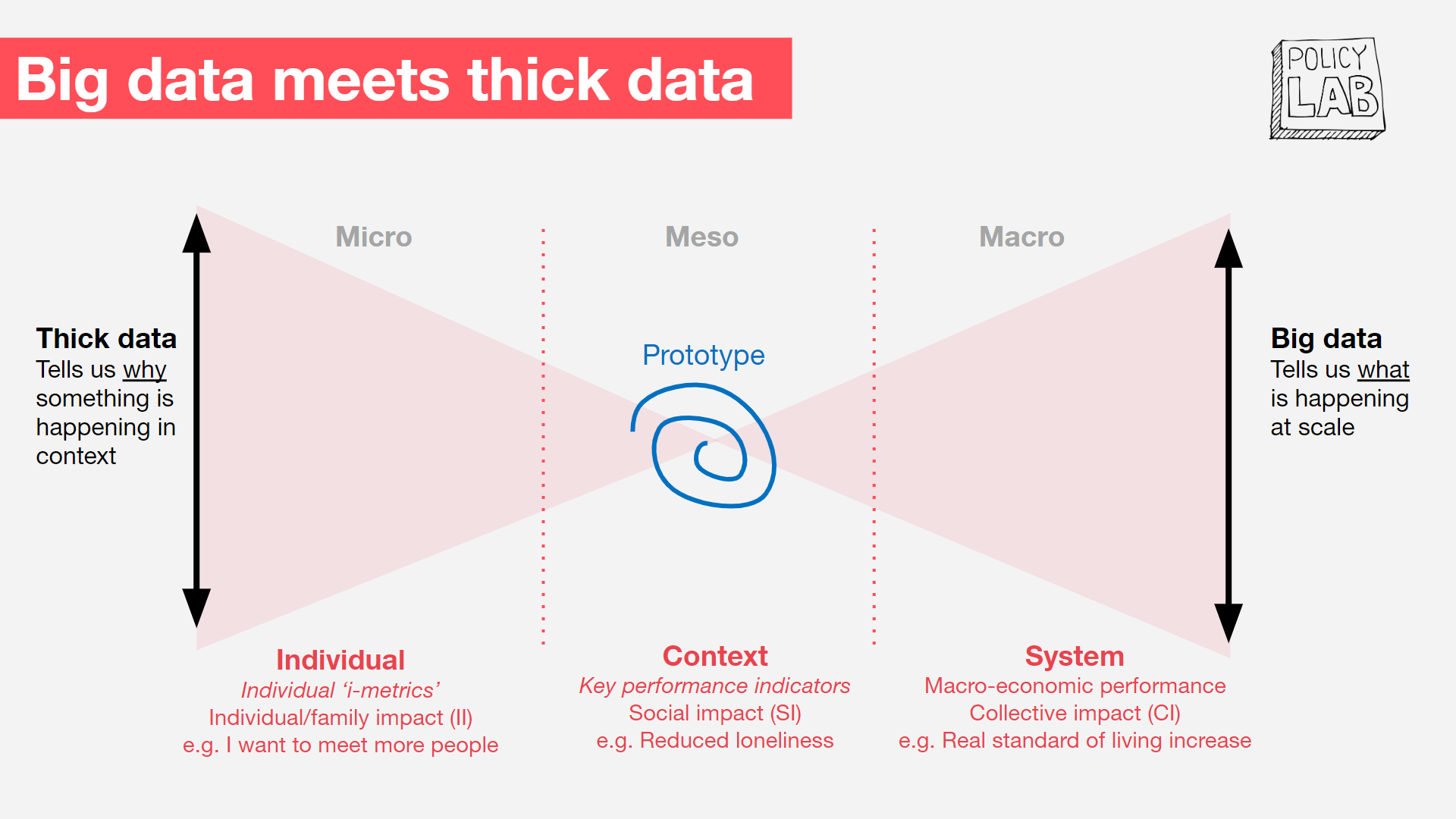David Matthews at THE: “In contrast to other countries, philosophers, historians, theologians and jurists have played a major role advising the state as it seeks to loosen restrictions…
In the struggle against the new coronavirus, humanities academics have entered the fray – in Germany at least.
Arguably to a greater extent than has happened in the UK, France or the US, the country has enlisted the advice of philosophers, historians of science, theologians and jurists as it navigates the delicate ethical balancing act of reopening society while safeguarding the health of the public.
When the German federal government announced a slight loosening of restrictions on 15 April – allowing small shops to open and some children to return to school in May – it had been eagerly awaiting a report written by a 26-strong expert group containing only a minority of natural scientists and barely a handful of virologists and medical specialists.
Instead, this working group from the Leopoldina – Germany’s independent National Academy of Sciences dating back to 1652 – included historians of industrialisation and early Christianity, a specialist on the philosophy of law and several pedagogical experts.
This paucity of virologists earned the group a swipe from Markus Söder, minister-president of badly hit Bavaria, who has led calls in Germany for a tough lockdown (although earlier in the pandemic the Leopoldina did release a report written by more medically focused specialists).
But “the crisis is a complex one, it’s a systemic crisis” and so it needs to be dissected from every angle, argued Jürgen Renn, director of the Max Planck Institute for the History of Science, and one of those who wrote the crucial recommendations.
And Professor Renn – who earlier this year published a book on rethinking science in the Anthropocene – made the argument for green post-virus reconstruction. Urbanisation and deforestation have squashed mankind and wildlife together, making other animal-to-human disease transmissions ever more likely, he argued. “It’s not the only virus waiting out there,” he said.
Germany’s Ethics Council – which traces its roots back to the stem cell debates of the early 2000s and is composed of theologians, jurists, philosophers and other ethical thinkers – also contributed to a report at the end of March, warning that it was up to elected politicians, not scientists, to make the “painful decisions” weighing up the lockdown’s effect on health and its other side-effects….(More)“.

